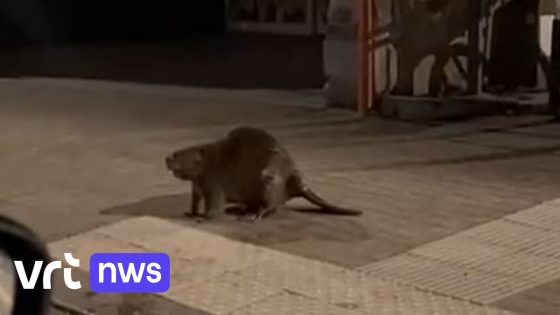A beaver was spotted wandering through the heart of Leuven, raising questions about wildlife behavior in urban areas. On February 4, 2025, this unusual sighting has sparked curiosity: Are beavers becoming less shy around humans?
- Beavers are appearing in urban areas.
- Their presence is driven by necessity.
- They seek food and new habitats.
- Urban beavers face two adaptation options.
- Some may become less shy around humans.
Beaver Sightings in Urban Areas: What Does It Mean for Wildlife?
When a beaver shows up in a city like Leuven, it’s not just a random event. Why are these animals venturing into populated spaces? Experts suggest that they may be searching for food or new habitats.
The Impact of Urbanization on Beaver Behavior
The presence of beavers in cities is becoming increasingly frequent. These animals face two choices when seeking territory near human populations: adapt to their surroundings or leave altogether. Surprisingly, some have learned to navigate urban life.
Reasons Behind Beaver Adaptation in Cities
Beavers are remarkable creatures that can adjust their habits based on environmental changes. Here are key factors influencing their behavior:
- Searching for food sources amidst habitat loss.
- Navigating through urban landscapes for suitable living conditions.
- Learning to coexist with human activities and structures.
- Increased awareness and adaptation skills over generations.
The Role of Community Awareness in Wildlife Encounters
Communities play a crucial role in how wildlife interacts with urban settings. Educating residents about local fauna can lead to better coexistence strategies. Consider these points:
- Create awareness programs about local wildlife habits.
- Encourage responsible landscaping that supports natural habitats.
- Promote safe practices when encountering wild animals.




















![[VIDEO] Umat Islam di Jepun puasa esok, ikut cerapan Malaysia](https://news.faharas.net/wp-content/uploads/2025/03/Muslims-in-Japan-Embrace-Ramadan-Tomorrow-Following-Malaysias-Moon-Sighting-230x129.jpeg)












